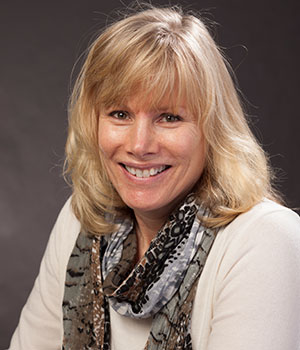
Kris Barnekow, PhD, OTR/L, IMH-E®
- Associate Professor Emerita, Programs in Occupational Therapy, Science and Technology
Speaker Topics
- Early intervention
- Health literacy
- Social-emotional screening for parents and children with special health care needs
- Infant mental health.
Interests & Expertise
Dr. Barnekow’s interests in interprofessional education have resulted in involvement in MCH training and leadership grants. Her personal experiences in MCH training programs and clinical experiences as a pediatric occupational therapist have shaped her research, teaching, and service.
As a clinician who provided occupational therapy services in programs for children between the ages of birth to three, Dr. Barnekow became acutely aware of significant issues facing families who reside in the urban area of Milwaukee. Significantly influenced by community-based clinical practice, Dr. Barnekow’s research, mentoring, and service interests evolved into four primary areas including: 1) promotion of co-occupational engagement or shared participation between caregivers and children, 2) early identification of developmental disorders in children and social emotional disorders in mothers of children with special needs, 3) identification of health literacy barriers that inhibit parents’ ability to engage care for their children, and most recently 4) enhancement of fatherhood participation through health literacy strategies to decrease infant mortality in the African American community.
Recent Funded Grants
Academic Partner/Consultant
Submission date: October, 2012. Status: Awarded 2/28/2013
Title: Engaging African-American Fathers to Reduce Infant Mortality by Improving their Health Literacy.
Community Partner: Planning Council of Health and Human Services and the Medical Society of Milwaukee County.
Wisconsin LEND: Milwaukee Link Site Project Coordinator – Wisconsin LEND: Milwaukee Link.
Status: Awarded 5/01/2013
Title: Specialized interdisciplinary training for graduate students in Maternal and Child Health. Subcontract.
Program Director: Anne Harris, Waisman Center. Clinic director: Bonnie Klein-Tasman.
Discipline Coordinator – UW-Milwaukee Pipeline Training Initiative.
Status: Awarded 6/5/2011
Title: Training grant supporting interdisciplinary pre-service training in Maternal and Child Health.
Research Partners
- David Pate, Associate Professor, Helen Bader School of Social Welfare
- Katie Pritchard, President and CEO, Planning Council for Health and Human Services
- Dr. George Morris, Medical Society of Milwaukee County